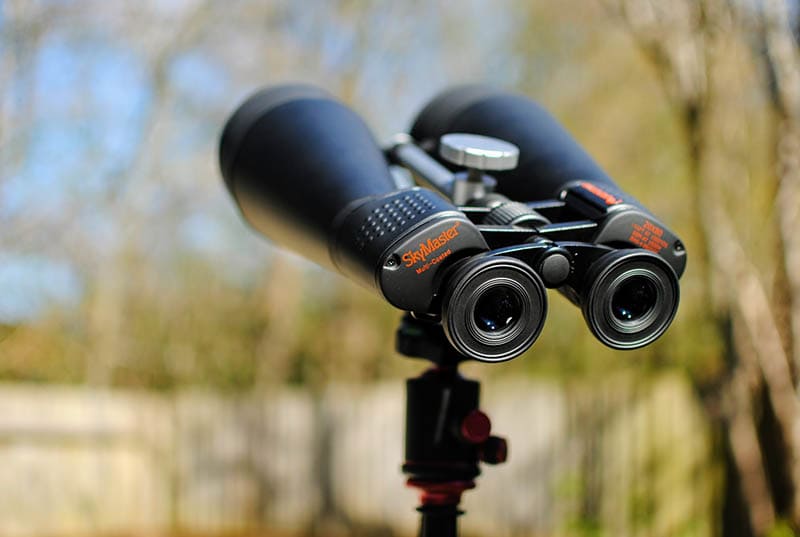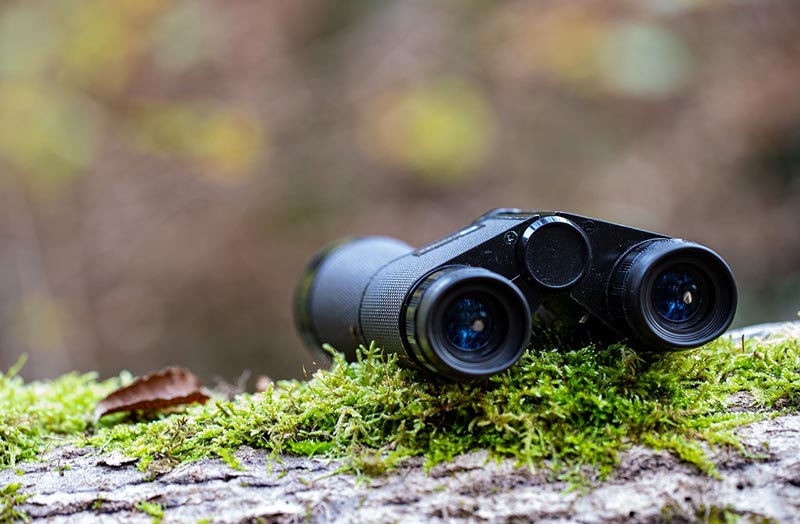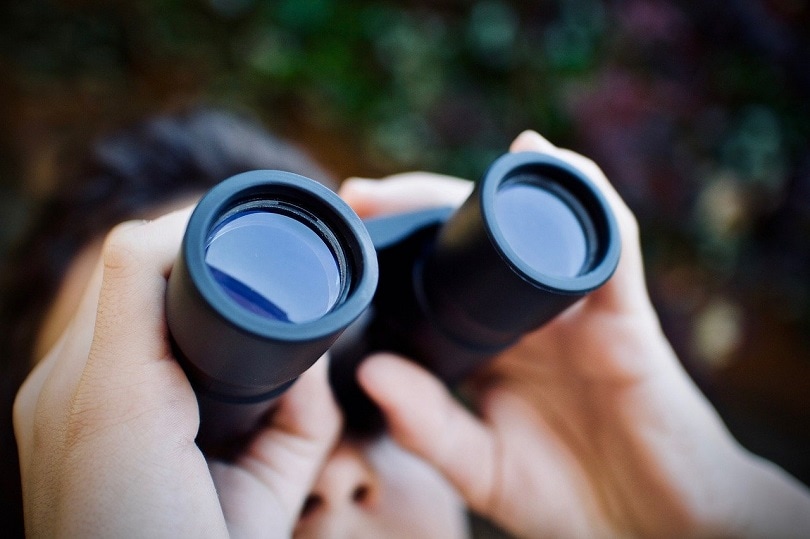What Is the Right Binocular Magnification for Me? Facts & FAQs
Last Updated on

Whenever selecting binoculars, it’s important to pay attention to the magnification power. The magnification power tells you how much closer the object will look in comparison to looking at the object with the naked eye.
The right magnification power for you may not be right for someone else looking for binoculars. As a result, it’s imperative to select magnification based on the binocular’s intended usage.
Below, we will help you find the right binocular magnification for your needs.

Reading Magnification Power
Before we dive into how to find the right binocular magnification review, it’s important to understand how to read magnification power.
Magnification power looks something like this: 8×30.
This first number tells you how many times closer an item will appear. For binoculars with 8×30 magnification, the magnification allows the item to appear 8 times larger than it would with the unassisted eye.
The second number tells you the size of the objective lens in millimeters (mm). For the 8×30 binoculars, the objective lenses are 30 mm.

Power Magnification
Power magnification tells you how much closer an item would look than it would with an unassisted eye. Power magnification can range from 5-power to 100-power magnification.
Most binoculars are considered 8-power binoculars or 10-power binoculars. All 8-power binoculars make things appear 8 times closer than they would with your naked eye. The 10-power binoculars, in contrast, make things appear 10 times closer.
The lower the power magnification, the wider your field of view will be. In comparison, you will be able to see more details with higher power magnification. For example, 10-power binoculars offer a more detailed look at faraway specimens, while 8-power binoculars offer a wider field view.
Objective Lenses Sizing
Binoculars are normally classified into three categories based on objective lens sizing: compact, mid-size, and full-size. Compact models will be easy to travel with, but full-size binoculars will offer the best imagery. Here’s how the sizes are broken up:
| Compact: | Less than 30 mm |
| Mid-Size: | 30–40 mm |
| Full-Size: | Greater than 40 mm |

How to Find the Right Binoculars Magnification
Now that you know how to read a binocular magnification power, it’s time to figure out what magnification is right for you. To select the ideal magnification, you have to consider what power and lend size is right for your intended usage.
Select the Right Power Magnification
Power magnification is largely determined by the object you want to look at. Here is the power recommendation we recommend based on popular uses of binoculars:
| Activity | Power Magnification | Lens Size |
| Backpacking and hiking | 8- or 10-power | Compact |
| Birding | 8-power | Midsize or full size |
| Whaling and other wildlife viewings | 10-power or more | Midsize with waterproof capabilities |
| Stargazing | 10-power or more | Full size with stand for steady viewing |
| Paddling | 8-power or less | Compact or midsize with waterproof capabilities |

Select the Right Lens Size
If you need a lightweight and transportable model, look for compact binoculars with an objective lens smaller than 30 mm. In contrast, you might want to select binoculars with a lens over 40 mm if you need maximum light visibility. If you need the best of both worlds, select a mid-size model.

Summing Up
What binocular magnification is right for you ultimately depends on your intended use. You will want to look at magnification power and objective lens size specifically.
If you need a wider field of view, select a lower power like 8 or below. If you need to focus on specific details for items far away, select 10-power or more.
From there, select a lens size based on the convenience of the binoculars. Select compact models if the binoculars need to be lightweight, but select full-size models if you need maximum vision and light.
By considering all of these factors, you will be able to select the right binoculars for you.
Featured Image Credit: Skies & Scopes, Unsplash
About the Author Robert Sparks
Robert’s obsession with all things optical started early in life, when his optician father would bring home prototypes for Robert to play with. Nowadays, Robert is dedicated to helping others find the right optics for their needs. His hobbies include astronomy, astrophysics, and model building. Originally from Newark, NJ, he resides in Santa Fe, New Mexico, where the nighttime skies are filled with glittering stars.
Related Articles:
Binocular Magnification Chart: Numbers & Distances Compared
What Is the Best Binocular Magnification for Hunting? Optical Features Explained
When Were Binoculars Invented? History, Today & Future
Can You Use Binoculars to Look At Stars? How to Choose the Right Pair
How to Collimate Binoculars: 9 Expert Tips
How to Choose Binoculars for Bird Watching: 10 Expert Tips
What Does 20X50 Mean on Binoculars? Our Helpful Guide
10 Best Binoculars in Canada of 2024: Reviews & Top Picks
